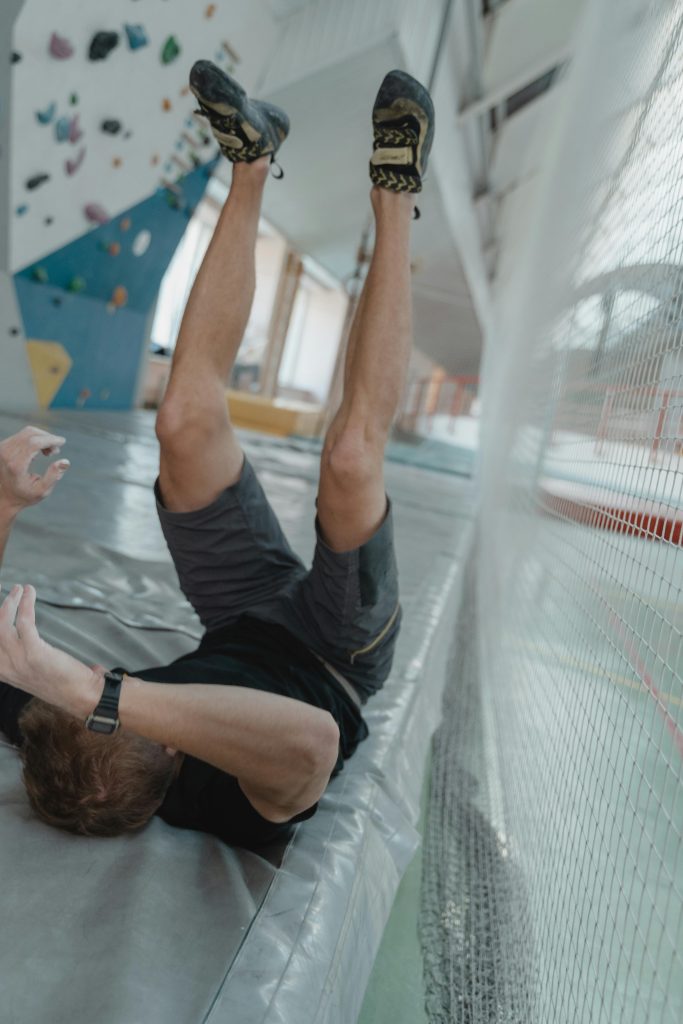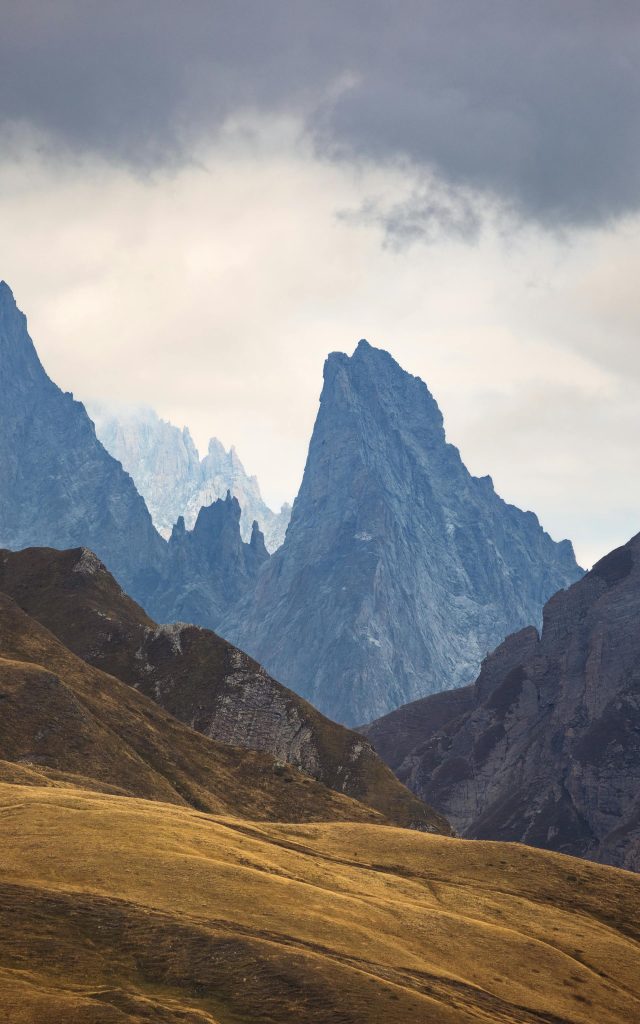One of the most common stories I hear from intermediate and experienced climbers is how they had the most fun as a beginner.
As a beginner, you’re focused on the novelty and the learning curve feels manageable. Many people find themselves breaking into new grades relatively quickly as they build up the base fitness and skill required for climbing.
Around 1-2 years of experience though, this constant stream of reward seems to drop off. The consequences of climbing mistakes and injuries become more clear, skills are harder to perfect, and the bad habits you developed as a beginner are starting to have real effects on your performance.
I remember reaching this point and looking at my peers, wondering why I couldn’t “keep up”. My attitude on trips went straight into the garbage. I started to have panic attacks on climbs I knew I was physically capable of because my confidence was nonexistent. I remember wondering “does it ever get better?”
It does, but for anyone who intends to stick with climbing long term, this is a crucial part of your climbing development.
Your first plateau is an opportunity.
Just like most other intermediate climbers, I went through this phase from around my 1-year mark of climbing to the 2-year mark. Here’s a list of advice I got or figured out that I wish I had going in.

1. Figure out what’s actually getting in the way.
In my case, it was easy to tell myself “a strong person wouldn’t have trouble with this,” but my performance issues actually had nothing to do with physical strength. The things that were actually getting in the way of me feeling my best on trips were feelings of fear and shame. They were, unfortunately, very connected.
Think about how you feel when you have a “bad” session. What is your behavior like? What emotions come up, and where do they reside in your body? Are you angry? Scared? Sad?
Personally, I’m a chronic crybaby. It boiled down to a predictable formula: as soon as I started to struggle with something I would feel ashamed, my confidence would vaporize, I’d then panic thinking about how dangerous it could be, and spiral from there. If this happened in a stressful enough situation, I’d just start crying.
It became clear after some time that the real culprit was believing that trying hard stuff and struggling meant I was “weak”. Crazy, right? Unfortunately, there’s no rational part of panic. That’s why there’s more to it than just identifying the problem.
2. Talk about it!
Introspection on the level of Step 1 isn’t exactly easy. It can be even scarier and more vulnerable to open up about what’s bothering you, especially if it’s related to fear and shame. I mean, the whole reason shame exists is because it’s supposed to tell you how not to interact with other humans.
Interacting with other humans, however, is vital to understanding which feelings are helpful to listen to.
Your first line of defense in this is the people you go climb with. Go with people who are kind, supportive, and safety conscious. Go with people who want to see you succeed. Cheer them on, give compliments, accept compliments, and eventually, when you’re ready, tell them about having a hard time. If they genuinely want to see you succeed, they’ll probably be more than happy to give you a little extra support when you need it. The first step to receiving help is to let them know. It’s scary, but it’s so worth it.
I felt so alone in the height of my on-the-wall panic attacks. So alone actually, that I did the unthinkable: I went on reddit and wrote a post in r/climbergirls about it, asking for advice. I figured it was just a call into the void, and nothing would come of it.
Instead, I found that I had opened the door to more support than I realized. There were tons of comments, all of them from other people who had gone through their own version of the issues I was talking about. Something changed for me then; I started talking about my feelings of shame and fear every time I talked about climbing. I talked about it to new and old friends, family, the internet, you name it. There was never any judgement. Most of the time, people had their own stories to share. Very rarely, I’d simply receive no response.
One person’s online reply was particularly helpful to me though, which brings me to my next point:
3. Practice makes perfect.
I realized with some outside commentary that when I started to struggle, I was letting my brain run wild with “you’re too weak for this” rhetoric. Every time I repeated “a strong person wouldn’t have this problem” to myself, I was practicing being unsure of myself, panicked, and ashamed.
For anyone who’s had a panic attack before, you’re probably well aware that stopping one after it’s in motion is like trying to stop a moving train. Your rational brain isn’t driving. It’s just whatever was populating the original thought spiral when you started to panic.
I couldn’t stop my panic attacks. I couldn’t guarantee that they wouldn’t happen. Instead, I could make smaller, more actionable changes to my rhetoric. When I started to struggle and get discouraged, I could acknowledge those feelings. Instead of saying “a strong person wouldn’t have this problem,” I could pivot to something more neutral, like “this is hard for me.” I could tell the people I’m with that I felt discouraged and needed some support. I could practice neutral self-talk in the moment without acting on my feelings.
Furthermore, I started celebrating the accomplishments I did notice. I took note of days that I felt strong, projects I completed, and benchmarks I was reaching. I made an extra point to notice when I felt good.
Lastly and possibly the most helpful thing was to imagine what kind of person I really wanted to be when I was out climbing. I wanted to be (and still want to be) someone who is calm, attentive, and kind to others. I want to experience joy when I’m out climbing from moving and problem-solving. I want to enjoy and value the relationships I have with the people who are there with me.
If you really want to, I thought it was helpful to do some journaling about who that person is. In my case, I realized that I didn’t need to get stronger or complete some arbitrary goal to be that person.
I could just start embodying those qualities.
Practice channeling who you want to be when you’re out of the plateau. How do they talk to others? How do they talk to themselves? What do they do when they’re engaging something difficult?

Here’s me doing a mock trad lead!
4. Remember why you’re out here.
Why did you start climbing in the first place?
Chances are, it wasn’t so you could feel bad about yourself for not meeting some performance-related goal.
It was helpful for me to take a step back from my goals for some sessions and focus on movement without expectations for myself. I gave myself permission to only do things I really wanted to do.
This meant visiting beautiful places and picking out fun projects, sure, but it also meant not feeling bad when I had to bail. A big part of my growth was honoring the decision to say “no”.
When I started to feel anxious or unsure of myself, I found myself asking “is this something I really want to do?”
Sometimes the answer would be yes, and I’d have a great opportunity to push scope and accomplish something cool. Sometimes the answer would be no, and I’d allow myself a graceful, intentional retreat. Part of the beauty of outdoor climbing is that the rocks will be there tomorrow and for many, many seasons after that. I didn’t need to be in a rush to do any of it.
You can give the reasons you started climbing back to yourself. Ultimately, plateau or no plateau, you’re still you. It’s not an easy thing to embrace and accept where you are in your development, but a plateau is a big opportunity to come back to what’s important to you in the sport and strengthen your support system.
The rocks will still be there when you’re ready for them, if it’s any consolation you’ll probably end up stronger and cooler than you ever imagined in the first place.
Happy climbing.

